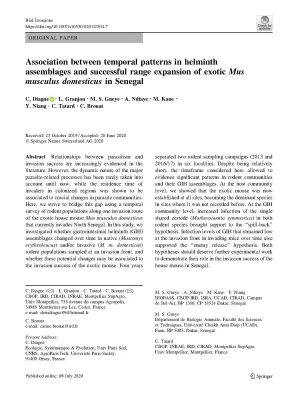Search results
Evaluation summary of Ega Egga project
In Senegal, livestock farming contributes 4% to the gross domestic product, and 30% of the population depends on livestock products. The sector is essential for the country's food security. The main l...
Publication
Published on
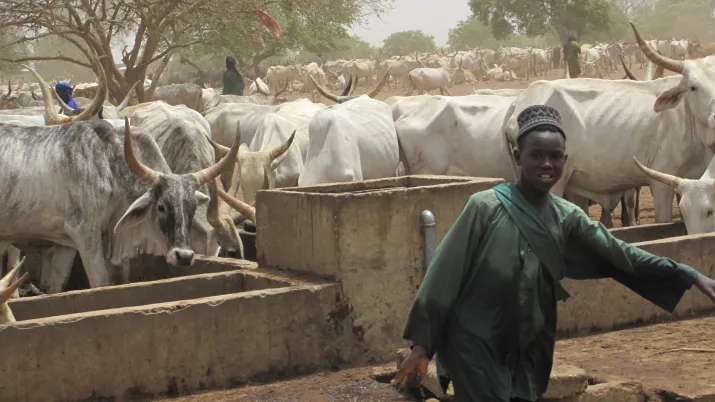
Freshwater ecosystems: eutrophication and cyanobacteria
Eutrophication of surface waters on the African continent is accelerating, due to the cumulative effect of population growth and associated anthropogenic pollution, and climate change risks further am...
Publication
Published on
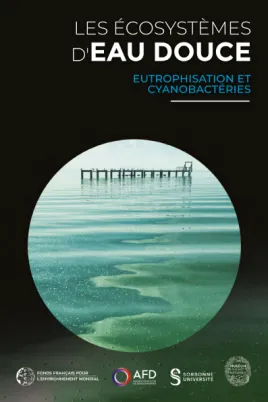
The BRIDGE Project Brochure
The BRIDGE Project seeks to promote strategic alliances between the private sector and CTFs that are part of RedLAC (Latin American and Caribbean Network of Environmental Funds) and CAFÉ (Consortium o...
Publication
Published on

FFEM strategy document 2023-2026
On the occasion of its budget replenishment for the 2023-2026 period, the FFEM is adopting a new strategy and defining its priority orientations. This new strategy is the result of a collective reflec...
Publication
Published on
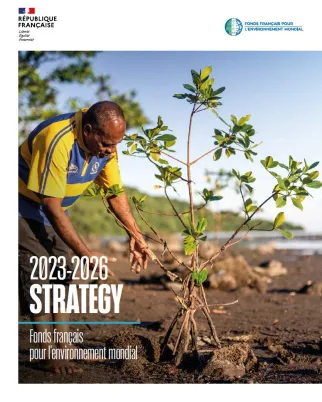
The 6 recommendations for more sustainable forest management in Central Africa
In focus: the forests of Central Africa. A priceless biodiversity reserve, the forests of Central Africa cover around 200 million hectares, almost one-quarter of which is used for industrial timber...
Publication
Published on
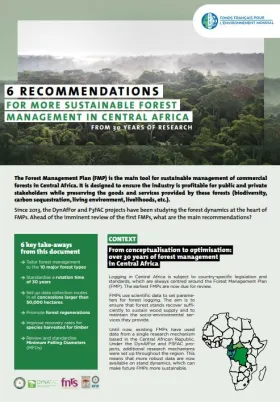
FFEM : Financing biodiversity preservation
The earth’s biodiversity, meaning all genes, species and ecosystems on our planet, is gravely under threat. To help preserve it, the FFEM finances projects designed to give practical expression to the...
Publication
Published on

The FFEM and French commitments to REDD+
The mechanism called Reducing Emissions from Deforestation and Forest Degradation in developing countries (REDD+) was entered into the Cancun Agreement, validated by the 16th session of the Conference...
Publication
Published on
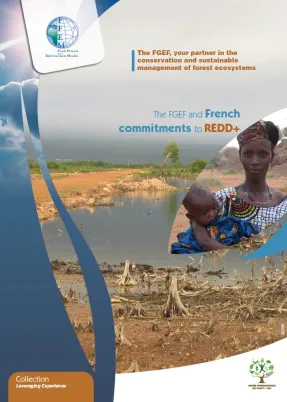
Discover the highs of FFEM's activity in 2016
This 1-minute-50-second video highlights the key achievements of FFEM’s activities in 2016.
Publication
Published on
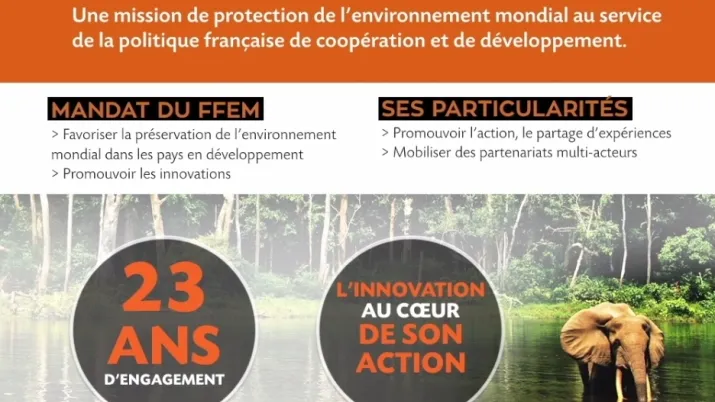
How to preserve tropical forests ?
This educational film explains the stakes of responsible forest management and highlights the role each of us plays in the survival of tropical forests.
Publication
Published on
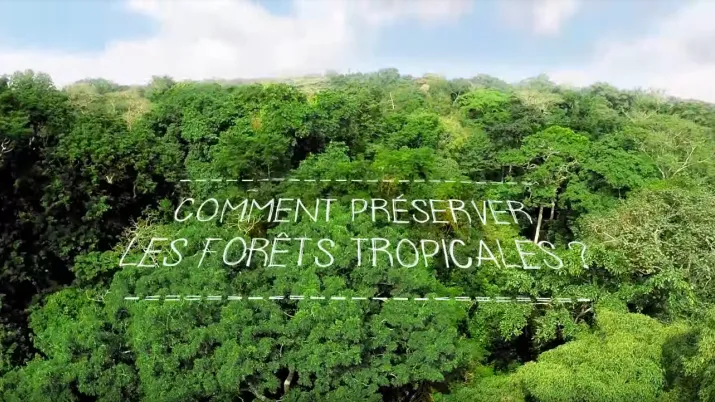
CAFE "Consortium Africain des Fonds pour l’Environnement"
During the 1990s, there was a marked decline in financial flows supporting conservation efforts across Africa. The need to develop innovative financing mechanisms to address this situation became incr...
Publication
Published on
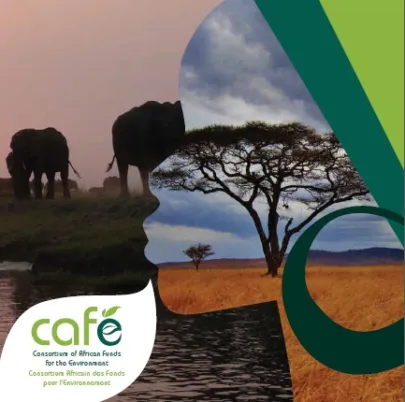
Publication
The Paris Agreement target of limiting global surface warming to 1.5–2◦C compared to pre-industrial levels by 2100 will still heavily impact the ocean. While ambitious mitigation and adaptation are bo...
Publication
Published on
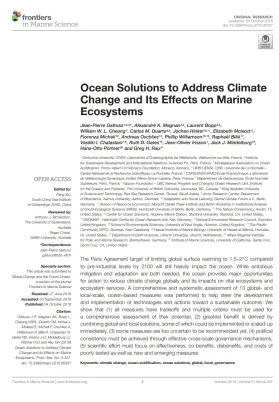
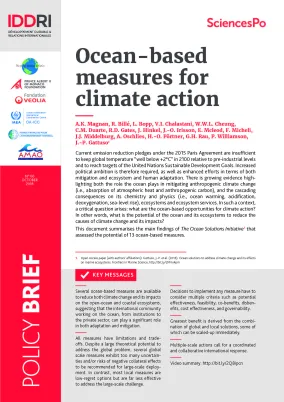
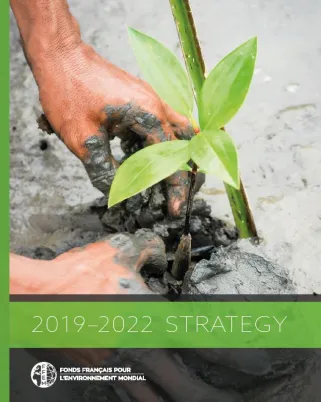
The FFEM at a glance (2019 Edition)
The "FFEM at a glance" offers an overview of the FFEM's activities, its priority themes, its areas of intervention, examples of supported projects, and its financing tools.
Publication
Published on
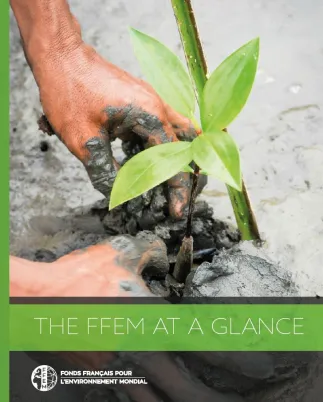
Teaser of the activity report FFEM 2018-2019
As it approaches its 25th anniversary, the FFEM is entering a new chapter with an updated strategy and a one-third increase in resources for the 2019–2022 period. This activity report reviews the key...
Publication
Published on
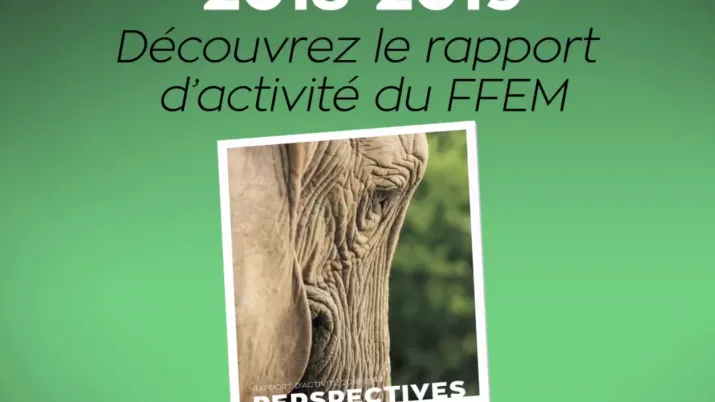
ONERC Report: Nature-Based Solutions for Adapting to Climate Change
This informational and recommendation report on Nature-Based Solutions (NbS) for climate change adaptation was published by the French National Observatory on the Effects of Climate Change (ONERC). Th...
Publication
Published on
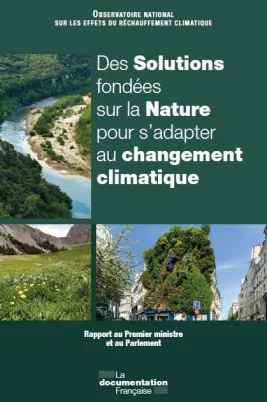
Do forest-management plans and FSC certification reduce deforestation in the congo basin?
To allow for the production of timber while preserving conservation values, forestry regulations in the Congo Basin have made Forest Management Plans (FMPs) mandatory in logging concessions. This pape...
Publication
Published on
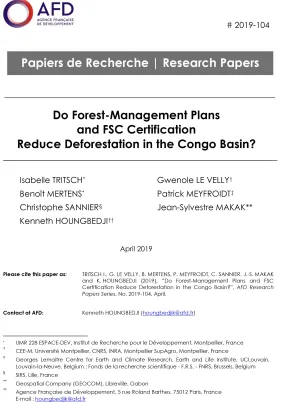
Association between temporal patterns in helminth assemblages and successful range expansion of exotic Mus mus...
This study investigated whether gastrointestinal helminth (GIH) assemblages changed over time in native (Mastomys erythroleucus) and/or invasive (M. m. domesticus) rodent populations sampled at an inv...
Publication
Published on
